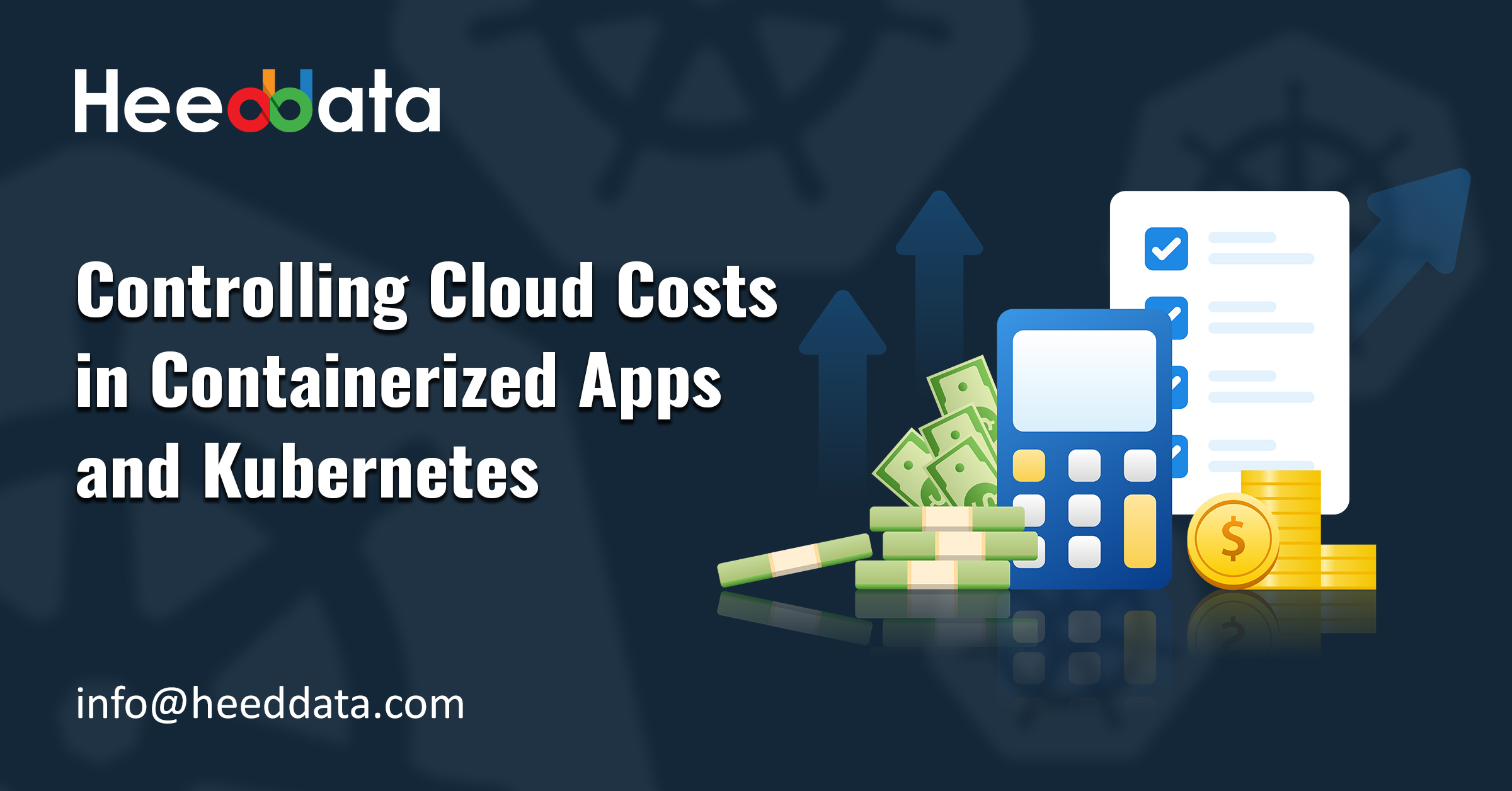Amid 2023’s level of exceptional business practices, microservices architecture is a pervasive one – leading to extensive utilization of pods, dockers, containers, and container orchestration tools like Kubernetes. Yet, while Kubernetes provides significant benefits for managing containerized applications, it also introduces a layer of abstraction, making it challenging to track cloud costs and allocate spending effectively due to the short-lived and dynamic nature of its resources.
Controlling costs in containerized applications and Kubernetes is paramount to optimizing resource utilization and avoiding unnecessary expenses. To achieve this, consider using the following steps.

- Right-sizing resources: Leverage Kubernetes’ capability to specify resource limits and requests for containers, ensuring they align with your applications’ actual needs. Over-allocating resources may result in wastage and increased costs, while under-allocating could lead to performance issues and a subpar user experience.
- Utilize auto-scaling: Embrace Kubernetes’ built-in horizontal auto-scaling feature, which dynamically adjusts container replicas based on resource utilization. This approach enables you to meet peak demand efficiently and scale down during low-demand periods, effectively saving costs.
- Optimize storage: As containers often necessitate persistent storage, choose the most appropriate storage option based on your requirements. Optimize storage usage to reduce costs, for instance, opting for cost-effective object storage over pricier block storage.
- Monitor and optimize networking: Efficient networking is crucial for containerized applications and can influence overall costs. Regularly monitor networking resources, such as load balancers and network ingress/egress, to optimize their usage and reduce unnecessary expenses.
- Clean up unused resources: Containers and Kubernetes can generate a significant number of resources over time. Regularly audit and clean up unused resources to free up valuable assets and decrease costs. Automation tools and scripts can streamline this process.
- Optimize container images: Container images impact performance and cost. Optimize images by removing unnecessary dependencies, reducing image size, and using efficient base images. This aids in reducing storage costs and improving container startup time.
- Choose cost-effective cloud providers or infrastructure: If deploying containers and Kubernetes in the cloud, diligently assess and compare costs across different cloud providers and instance types. Choose options that align with your budget and performance requirements.
- Implement resource quotas: Kubernetes allows you to set resource quotas at the namespace or cluster level. This feature aids in preventing resource overconsumption and controlling costs. Tailor resource quotas to match your application requirements and monitor their usage regularly.
By proactively leveraging these FinOps step-cum-strategies, you can effectively control costs in containers and Kubernetes, achieving optimal resource utilization and cost efficiency for your containerized applications.
Ready to take a demo of Heeddata? Please write to us:




